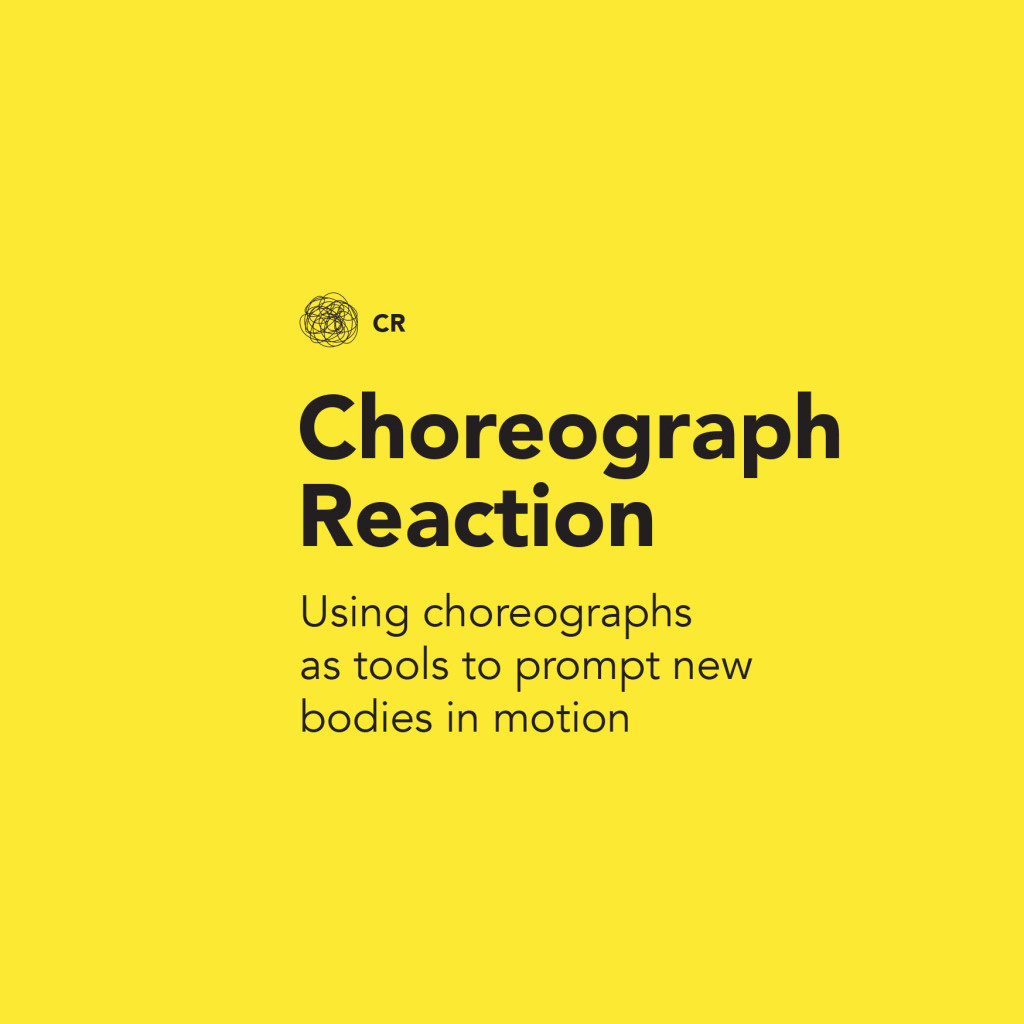
How
Use the newsprint choreographs to spur conversation, physical movement, guided imaginary, or new activities.
Why
“Bodies are connected through intensities of composition that in turn produce new bodies” (Manning, 2007: xvi) Dancers and choreographers have long used notation systems as a way to document work for preservation and to be reenacted by future dancers (see Ann Hutchinson Guest). The attached choreographs take inspiration from a rich history of artists (John Cage, Yoko Ono, Channa Horwitz) who reinterpret notation and compositional systems to allow for varied interpretations. Rather than creating a rigid system for understanding bodies, the attached choreographs invite infinite responses. There is no ‘wrong’ way to interpret or play a choreograph. In some instances, the choreographs are purposefully abstract, removing the ‘mask’ of age (Bond, J., Coleman, P. and Peace, S., 1993) to allow for interpretation by a wide range of bodies in motion.
References
Bond, J., Coleman, P. and Peace, S., (1993), Ageing in Society: An Introduction to Social Gerontology. New York: SAGE Publications.
Hutchinson Guest, A., (1989), Choreo-graphics: a comparison of dance notation systems from the fifteenth century to the present, New York: Routledge.
Manning, E., (2007), Politics of Touch: Sense, Movement, Sovereignty, Minneapolis: University of Minnesota Press.